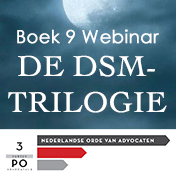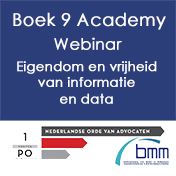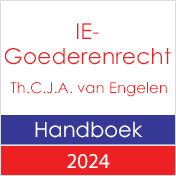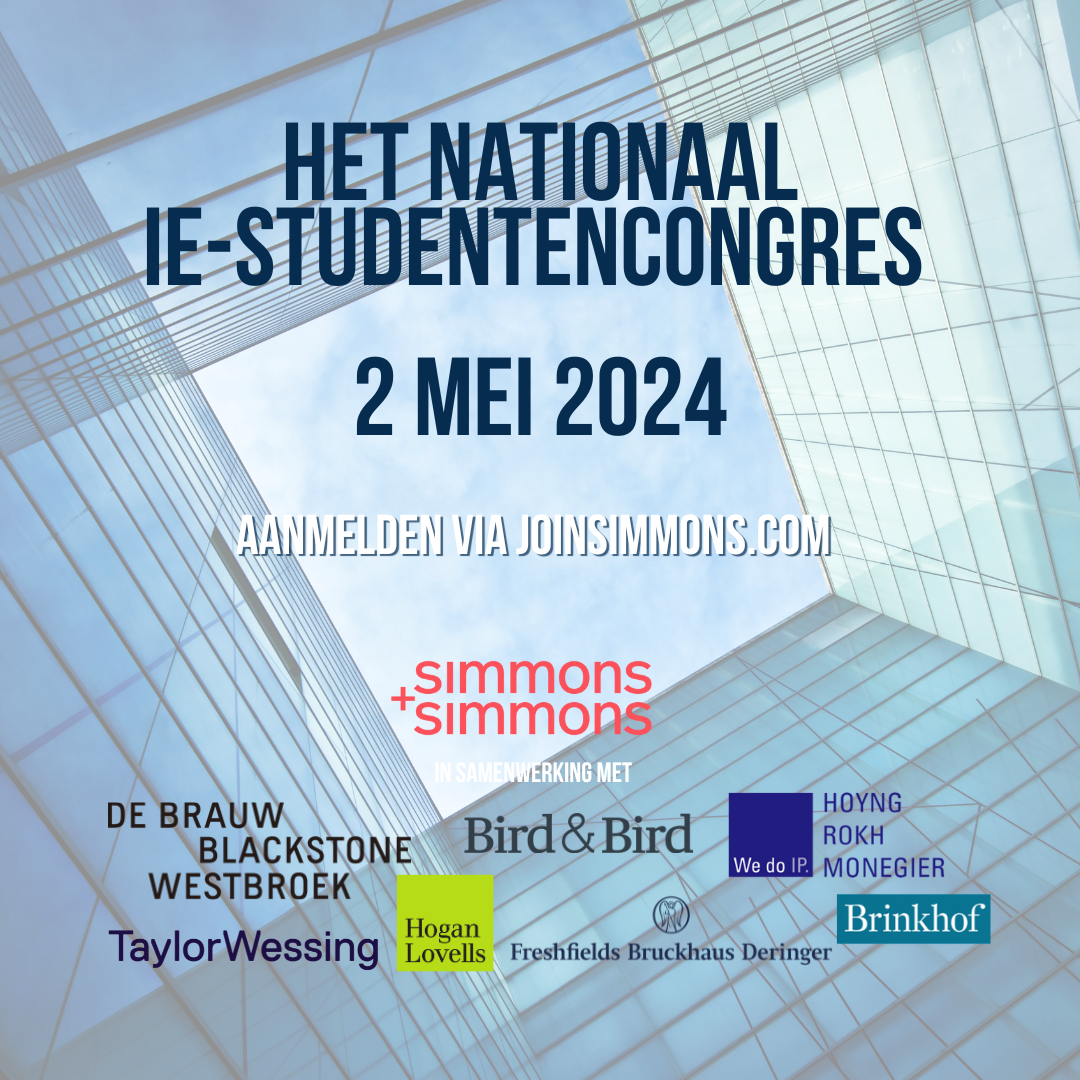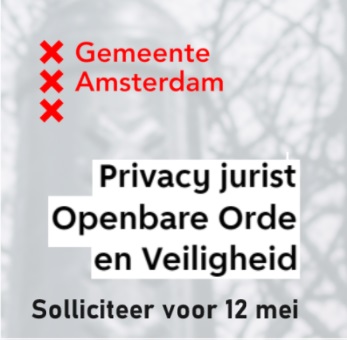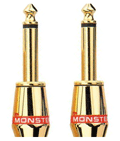 B9 10450. Gerecht EU, 23 november 2011, zaak T‑216/10, Monster Cable Products tegen OHIM/ Live Nation (Music).
B9 10450. Gerecht EU, 23 november 2011, zaak T‑216/10, Monster Cable Products tegen OHIM/ Live Nation (Music).
Merkenrecht. EU-oppositieprocedure o.g.v. ouder nationaal merk MONSTERS OF ROCK tegen de inschrijving van het woordmerk MONSTER ROCK. Overeenstemmende merken en identieke en soortgelijke (complementaire) waren: verwarringsgevaar is aannemelijke en de oppositie wordt toegewezen.
30. Accordingly, the Board of Appeal did not make an error of assessment in finding that loudspeakers, stereo amplifiers, audio equipment and accessories were identical to apparatus for the recording, transmission or reproduction of sound and images and that cables, wires, connectors and control devices and apparatus for the recording, transmission or reproduction of sound and images were similar.
45/47 (…) the word ‘monster’ may, as the applicant rightly submits, refer both to a frightening creature and to a certain concept of excellence. However, the applicant does not put forward any arguments capable of showing that the consumer will favour the first meaning of the word ‘monster’ in any analysis he may carry out in respect of the mark applied for. In addition, the intervener rightly observes that the word ‘monster’ is capable of having both meanings for each of the two marks in question. (…)It is therefore unlikely that that consumer will remember the differences between the extremely nuanced connotations which the applicant refers to in order to differentiate the two marks from a conceptual point of view. Lees het arrest hier.
 Gerecht EU, 23 November 2011, zaak T‑483/10, The Pukka Luggage Company Ltd tegen OHIM / Jesús Miguel Azpiroz Arruti.
Gerecht EU, 23 November 2011, zaak T‑483/10, The Pukka Luggage Company Ltd tegen OHIM / Jesús Miguel Azpiroz Arruti.
Merkenrecht. EU-oppositieprocedure o.g.v. oudere gemeenschaps- en nationale beeldmerken met het woordbestanddeel ‘pukas’ (klassen 18 en 25) tegen de inschrijving van het woordmerk PUKKA. (klasse 18). De oppositie wordt grotendeels toegewezen. Het woordbestanddeel ‘pukas’ is het dominerende bestanddeel van het oudere beeldmerk, de waren zijn soortgelijk en verwarringgevaar is aannemelijk.
47 (…) the figurative elements of the earlier Community trade mark, namely, the oval and the geometric shape vaguely recalling a five-point star which is superimposed thereon, do not convey any identifiable conceptual content. Consequently, it is highly unlikely that those figurative elements will hold the attention of the relevant consumer. (…)
54. In the present case, the Board of Appeal was right to take the view, applying the principle of interdependence, that, given that the goods covered by the marks showed an average degree of similarity – and even a high degree of similarity in respect of belts – and that the signs at issue were visually and phonetically similar, there was a likelihood of confusion within the European Union in respect of the goods covered by the mark applied for. Lees het arrest hier.
 Gerecht EU, 23 November 2011, zaak T‑59/10, Geemarc Telecom International Ltd tegen OHIM / Audioline GmbH.
Gerecht EU, 23 November 2011, zaak T‑59/10, Geemarc Telecom International Ltd tegen OHIM / Audioline GmbH.
Merkenrecht. Nietigheidsactie tegen gemeenschapswoordmerk AMPLIDECT (draadloze telefoons). De vordering wordt toegewezen. Het woordmerk is beschrijvend en niet onderscheidend, onder meer omdat DECT een gebruikelijk afkorting is voor Digital Enhanced Cordless Telecommunications. Inburgering is niet aangetoond.
57. It follows that, from the point of view of consumers suffering from impaired hearing, whose degree of attention is high, the term ‘amplidect’ naturally evokes a sound amplification function attached to a telephone and, consequently, one of the essential functionalities of the goods concerned. The conjunction which the term ‘amplidect’ establishes between the concepts of amplification and telephony thus reinforces the descriptive character of the disputed mark from the point of view of those consumers. Lees het arrest hier.



















































